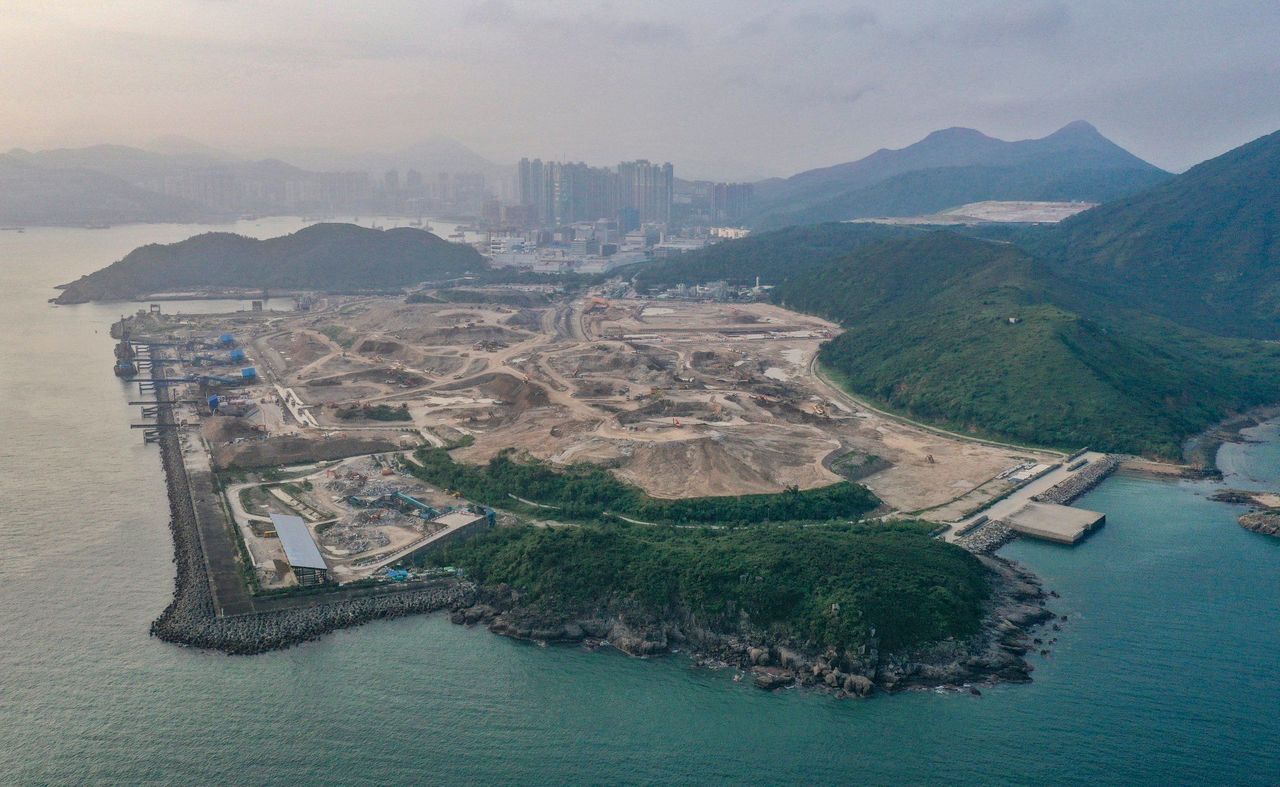Hong Kong News

Call to preserve coral threatened by reclamation in Hong Kong’s Tseung Kwan O
Environmentalists in Hong Kong have called for efforts to preserve coral deemed to have conservation value that may be damaged by reclamation for a new town development.
They voiced their concerns on Saturday, a day after the Civil Engineering and Development Department revealed that several coral species of conservation importance in waters off Tseung Kwan O could be “directly impacted” by the reclamation.
The species include Cyphastrea serailia, Favia favus and Goniopora stutchburyi, which are hard corals commonly found in Hong Kong, according to local NGO the Sea Education Association.
“Hard corals are considered to have conservation value in Hong Kong,” association director Cheung Ma-shan said. “Despite being commonly found, they are still important as they act as habitats for other marine animals.”
 Reclamation work will create 20 hectares of land at Area 137 in Tseung Kwan O.
Reclamation work will create 20 hectares of land at Area 137 in Tseung Kwan O.
The proposed development involves reclaiming 20 hectares (49 acres) of land off a temporary storage site for construction waste at Area 137. Reclamation and slope-cutting would be used to yield another 25 hectares at nearby Area 132. The new land will be used for 50,000 flats for up to 135,000 residents and public facilities, such as power plants.
The government paper also revealed a coral site at Area 132 already established to receive transplanted coral from other reclamation work elsewhere in the city could “potentially be directly impacted”.
“Land formation works by [reclamation], construction of the breakwater and the dredging operation off [Area 132] would lead to permanent and temporary loss of marine habitats,” the department said. “Proper mitigation measures would be proposed to minimise any potential marine ecological impact.”
The measures would include careful planning design and a detailed proposal to move the corals if needed, it said, adding environmentally friendly materials and design would be considered when building the breakwater.
The information was revealed in the government’s project brief submitted to the Environmental Protection Department ahead of the start of its impact assessment, a procedure required for any major works.
Cheung said the government could place underwater protective curtains around the construction area to prevent sediment from entering into the areas where the coral lived, which could obstruct their ability to photosynthesise and kill them.
“The government can also transplant the corals involved to nearby waters. But they have to ensure the water quality in the new site,” she said. “Or else, the relocation will be meaningless.”
Kelvin So Jun-yin, ocean conservation project manager at WWF-Hong Kong, said coral should be moved at least 1km (1,093 yards) from the construction area, preferably to waters with coral reefs that had grown there.
“The government should continue to monitor their condition during the construction to check whether the coral is affected and the thickness of sediment,” he said. “If coral bleaches and its health deteriorates, the contractor should check if the curtains have broken.”
So expressed hope that most of the coral identified by the government could be preserved, adding authorities tended to only relocate those considered movable, leaving the larger ones in place.
 Tseung Kwan O residents protest against the proposed reclamation plan in March.
Tseung Kwan O residents protest against the proposed reclamation plan in March.
The infrastructure slated for Area 132 includes facilities for transferring waste and power plants. In March, residents protested against the plan, saying the “obnoxious” facilities would be detrimental to their health and the environment.
The demonstration was the first one authorised in Hong Kong in three years. The force imposed stringent requirements on participants, including wearing numbered lanyards, a move some legal experts warned could lead to self-censorship and inhibit free expression.











